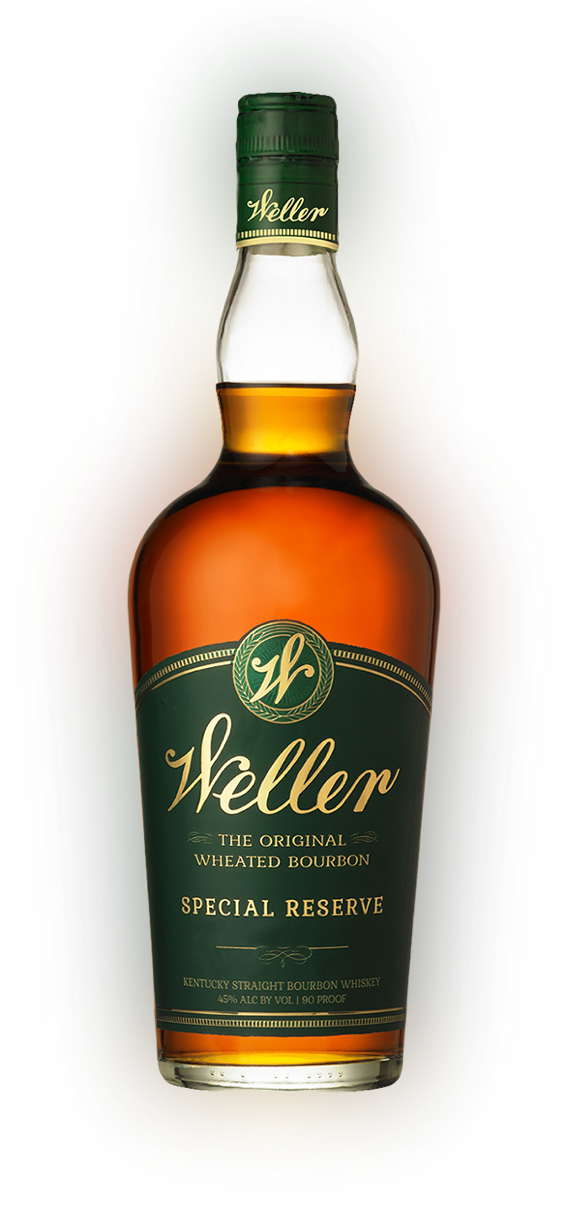Whiskey Tasting: W.L. Weller Special Reserve
I picked this whiskey for my tasting as a gentle intro. W.L. Weller is one of the grand-daddies of high-wheat / wheated bourbons. While I'm not generally a huge fan of Weller, it feels like a more interesting high-wheat bourbon than Maker's Mark and Buffalo Trace is a distillery that puts out a lot of varied product, so I wanted something from them.
Whiskey Tasting: W.L. Weller Special Reserve
The distillery
Buffalo Trace is a powerhouse in the bourbon industry. It’s owned by the Sazerac company (like the rye), who purchased Buffalo Trace in 1992. Sazerac is headquartered out of New Orleans, but Buffalo Trace and their distillery remain in Frankfort, Kentucky. The Buffalo Trace Distillery has been known in the past as George T Stagg Distillery and the Old Fashioned Copper (OFC) Distillery.
Buffalo Trace claims to be the oldest continuously operating distillery in, staying active through prohibition by making whiskey for “medicinal purposes”. However, this is sort of disputed by the Burks' Distillery that currently makes Maker's Mark. Guinness has awarded the "oldest operating bourbon distillery" to Burks'.
They currently make my favorite whiskeys of all time, Eagle Rare 17 and Thomas Handy Rye. Both are members of their “Antique Collection” of which includes a William Larue Weller expression.
The whiskey

W.L. Weller is one of the original high-wheat bourbons. Many bourbons have no wheat in them, consisting of corn, rye, and some malted barley to kickstart fermentation. Wheat is typically added to give sweetness and softness to a bourbon, so Weller Special Reserve is quite the delicate whiskey by typical bourbon considerations.
The original W.L. Weller expression was created by the Stitzel-Weller Distilling Company in 1972 and was named after William Larue Weller, a Kentucky distiller in the mid and late 1800s. He produced a wheated bourbon in 1849 that this expression pays homage to.
Look
This whiskey has a fairly unique burnt orange color. It's rather striking. It has similar ruddy orange highlights and is clear and bright.
Nose
So this nose starts with cherry and works into citrus, mostly orange. It finishes out with caramel and vanilla. The alcohol is quite mild here.
Taste
So this bourbon starts quite delicate with butterscotch sweetness that surprisingly swells up with the alcohol to peppery rye and, of all things, honey. The finish is sweet and almost floral and sugary with some vanilla hanging out in the background.
After water
After some water the nose changes from fruity citrus to grassy rye, still ending with caramel and vanilla, but with a little spice overlaying everything. Maybe cinnamon?
Water very much calms the alcohol swell and tamps down the rye pepper. The whiskey becomes smooth and delicate. The butterscotch is greeted by vanilla up front, we still get a small swell of rye spice in the middle and we linger now with some cinnamon hanging out with that floral, vanilla-y sweetness.
Summary
This is a subtle bourbon that will reward you for taking the time to sip and consider it. It's a good example of the softness that wheat brings to the party. It's very low oak and a little water keeps the rye from being overwhelming. I think this would lose its character in a cocktail, but drank neat, it has enough layers to make it interesting. The main drawback is the price. Unless you're in love with wheated bourbons, I find Weller to be too expensive given the other high quality and delicious products on the market. Otherwise, it's an old staple in the wheated bourbon world, and you'd be remiss not to try it.